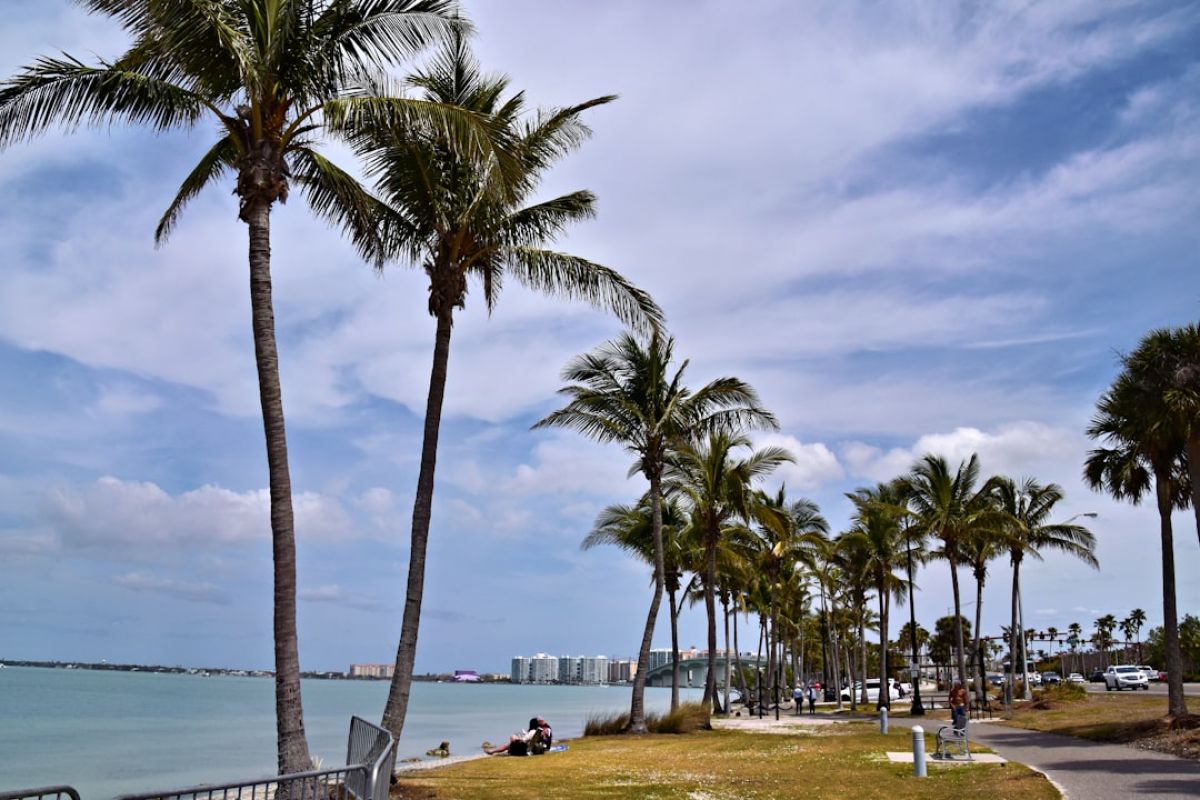What Makes Naples, Naples? Uncovering the City’s Cultural DNA

## Naples, Florida: Ingrained in Our Hearts (and Our Landscape)
Hey there, fellow Naples neighbors! Let’s chat about something that’s deeply rooted in our beautiful community – landscaping. Specifically, let’s dive into the world of native plants and their incredible impact on our environment, our wallets, and the unique character of our Southwest Florida paradise. You might have seen a recent article in the Naples Florida Weekly about this very topic, and it got me thinking… We live in such a special place, and sometimes we take for granted the incredible natural beauty that surrounds us. But that beauty isn’t accidental; it’s a carefully orchestrated symphony of interconnected ecosystems, and native plants play the leading role.
So, what exactly are native plants, and why should we care about them in Naples? Simply put, native plants are the OG’s of our local flora. They’ve evolved over centuries to thrive in Southwest Florida’s unique climate – our intense sun, our subtropical humidity, our sandy soil, and even our occasional hurricanes. These plants are perfectly adapted to our local conditions, requiring less water, fertilizer, and pesticides than non-native species. Think of it this way: they’re low-maintenance, eco-friendly superstars!
Now, I know what you might be thinking: “Landscaping? Sounds boring.” But trust me, this isn’t your grandma’s garden club. Native landscaping is having a moment, and it’s about so much more than just planting a few shrubs. It’s about creating vibrant, resilient landscapes that reflect the natural beauty of Naples while supporting the local ecosystem. It’s about attracting stunning butterflies, buzzing bees, and colorful birds to your backyard. It’s about reducing your environmental footprint and contributing to a healthier, more sustainable community. And, let’s be honest, it’s also about having a gorgeous yard that’s the envy of all your neighbors!
So, how can you incorporate native plants into your Naples landscape? Let’s explore some options:
**Embrace the Coastal Vibe:** If you live near the beach, consider plants like seagrape, sea oats, and beach sunflower. These salt-tolerant beauties can withstand the harsh coastal conditions while providing habitat for shorebirds and stabilizing dunes. Imagine sipping your morning coffee on your patio, surrounded by the soothing rustle of sea oats and the vibrant yellow blooms of beach sunflowers.
**Create a Backyard Oasis:** Attract pollinators and other wildlife with native flowering plants like firebush, coral honeysuckle, and butterfly milkweed. These beauties provide nectar and food sources for butterflies, bees, and hummingbirds, creating a vibrant ecosystem right in your backyard. Picture a colorful hummingbird flitting from flower to flower, a symphony of buzzing bees, and the delicate dance of monarch butterflies – all thanks to your native garden.
**Go Low-Maintenance with Florida-Friendly Landscaping:** Drought-tolerant plants like muhly grass, coontie, and saw palmetto require minimal watering, saving you money on your water bill and reducing your impact on our precious water resources. These hardy plants can withstand our dry season with ease, adding texture and visual interest to your landscape without demanding constant attention.
**Add a Pop of Color with Native Flowers:** Brighten up your yard with the vibrant hues of native flowers like blanket flower, gaillardia, and coreopsis. These cheerful blooms add a touch of Florida sunshine to any landscape and attract a variety of pollinators. Imagine a vibrant tapestry of color, attracting butterflies and bees while requiring minimal effort on your part.
**Think Beyond Flowers:** Native trees like live oak, bald cypress, and slash pine provide shade, habitat for wildlife, and contribute to the overall health of our ecosystem. These majestic trees are not only beautiful but also provide essential ecosystem services, helping to filter air and water, and providing shelter for a variety of animals.
Now, I know what you’re thinking: “This all sounds great, but where do I even start?” Don’t worry, getting started with native landscaping in Naples is easier than you think!
**Local Nurseries are Your Best Friend:** Visit local nurseries specializing in native plants. They can provide expert advice on plant selection, care, and placement, ensuring your native garden thrives. Chat with the knowledgeable staff, ask questions, and get personalized recommendations tailored to your specific needs and preferences.
**Join a Local Gardening Group:** Connect with other native plant enthusiasts in Naples through local gardening groups and organizations. These groups offer a wealth of knowledge, resources, and support, making your native landscaping journey even more enjoyable. Share tips, swap plants, and learn from experienced gardeners who are passionate about native plants.
**Take a Walk in the Wild:** Explore local nature preserves and parks to observe native plants in their natural habitat. This is a fantastic way to get inspiration for your own landscape and learn about the different plant communities that thrive in our area. Take note of the plants that catch your eye, their growth habits, and their interactions with other organisms.
**Start Small and Experiment:** Don’t feel pressured to transform your entire landscape overnight. Start with a small area, experiment with different native plants, and see what works best in your yard. As you gain confidence and experience, you can gradually expand your native garden.
By choosing native plants, you’re not just creating a beautiful landscape; you’re making a conscious choice to support the local environment, conserve water, and contribute to the overall health and well-being of our Naples community. You’re becoming ingrained in the very fabric of our ecosystem, fostering a connection to the natural world that enriches our lives and preserves the beauty of Southwest Florida for generations to come. So, let’s embrace the beauty of native plants and create landscapes that are as unique and vibrant as our beloved Naples.